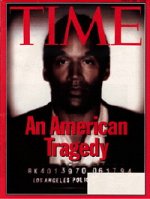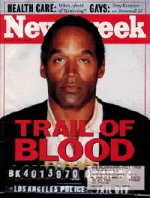nothing will get a photography community going then discuss Photoshop,, but,, from the very early history, the famous photographers where mixing and matching photos,, adding famous civil war generals into battles they were not there for, or perhaps the funniest/strangest/ironic pasting Lincolns head on a torso of a pro slaver senator to make Lincoln look better on campaign posters! My method is to attempt to get the photo right in the field,, angle/manual control/bracketing, whatever it takes, and if I know an object has to be cloned out, be aware of it while taking the shot. Edit than is more of a work flow,, adjust levels, sharpen selectively if needed, dodge/burn,, to make up for the lack of dynamic range of the sensor, so most are just the end product of the intended shot. then,, there is PLAY time,, fractals, filters, additions, replacements,, whatever I feel like doing, since after all, I enjoy the results, and frankly, if I don't like the results, then why do it? I think most of the time, my fancy edits are pretty obvious,, and then on the comment that don't worry, I'll fix it in PS,, WHAT? I must not be good enough in PS, because I find that if the picture is not mostly right in my camera, no amount of PS,, makes it shine,, once a pig, always a pig. course, pigs can be good too in the right light,, or mud,, actually not enough pictures on pigs, but I am off topic. Purist,, go ahead be purist,, and brag too if it helps your sells, and if you want to look down on the rest,, then laughs go ahead! live and let live I say,,




